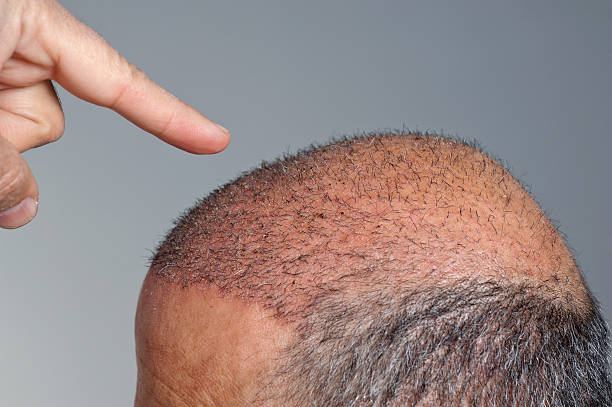Unmasking the Truth: Debunking Myths and Understanding Facts about Hair Transplants
Hair transplant surgery has emerged as a viable solution for individuals battling hair loss, offering a permanent and aesthetically pleasing remedy. This surgical procedure involves transplanting hair follicles from one part of the body—typically the back or sides of the head—to the balding or thinning areas. Despite its growing popularity and scientific advancements, the subject of hair transplantation is shrouded in misconceptions and half-truths. This article aims to debunk common myths surrounding hair transplants and shed light on the procedure, its history, and its current relevance in the realm of cosmetic surgery.

A Glimpse into the Past: The Origins of Hair Transplants
Hair transplantation, as a medical procedure, has a surprisingly long history. The first successful hair transplant was performed in the late 1930s by Dr. S. Okuda, a Japanese dermatologist, who used small grafts to restore hair in scarred areas of the scalp, eyebrows, and moustaches of burn victims. However, it was not until the 1950s that hair transplant surgery began to gain recognition in the Western world, thanks to New York dermatologist Dr. Norman Orentreich. He introduced the concept of ‘donor dominance’, asserting that hair follicles transplanted from areas resistant to balding would continue to grow in the balding areas.
The Evolution of Techniques: From Punch Grafts to FUE
Over the past six decades, hair transplant techniques have evolved significantly, offering more natural-looking results and less invasive procedures. The early days of hair transplantation involved the use of punch grafts, which often resulted in a ‘pluggy’ or ‘doll’s hair’ appearance. The 90s saw the introduction of mini and micro grafts, which led to a more natural hairline but still left room for improvement.
The advent of Follicular Unit Transplantation (FUT) in the late 90s marked a major turning point. This technique involves removing a strip of the scalp, dissecting it into individual follicular units, and implanting these in the balding areas. The subsequent introduction of Follicular Unit Extraction (FUE) brought about a less invasive approach, where individual follicular units are directly extracted from the donor area and transplanted, leaving no linear scar.
Debunking Myths: Dispelling Common Misconceptions about Hair Transplants
Despite advancements and the growing popularity of hair transplants, several misconceptions persist. One common myth is that hair transplants are only for men. However, the truth is that hair transplants can be a viable option for women dealing with significant hair thinning or hair loss.
Another myth is that hair transplants don’t look natural. While this might have been true in the early days of punch grafts, modern techniques such as FUE and FUT result in a natural-looking hairline and density.
The belief that hair transplants are extremely painful is another misconception. While some discomfort is expected, advancements in local anesthesia and post-operative care treatments have significantly reduced the pain associated with the procedure.
Current Relevance and Future Trends: The Rising Demand for Hair Transplants
The demand for hair transplants has skyrocketed in recent years, driven by societal pressures and the desire to maintain a youthful appearance. According to a report by the International Society of Hair Restoration Surgery, approximately 635,189 hair restoration procedures were performed worldwide in 2017, indicating a 60% increase since 2014.
The future of hair transplants looks promising, with ongoing research and technological advancements. Robotic FUE, for instance, is an emerging trend that uses robotic assistance for increased precision and reduced fatigue. Additionally, the development of hair cloning or hair multiplication techniques could revolutionize the field by potentially providing an unlimited source of donor hair.
The Bottom Line: Making an Informed Decision
While hair transplant surgery can significantly improve one’s self-esteem and appearance, it’s important to have realistic expectations and understand that it’s not a cure for baldness. Prospective patients should do thorough research, consult with experienced surgeons, and make an informed decision.
The journey of hair transplantation from its humble beginnings to its current status as a widely accepted cosmetic procedure is a testament to the advancements in medical science. By debunking myths and understanding the facts about hair transplants, individuals can make empowered decisions that can positively impact their lives.




